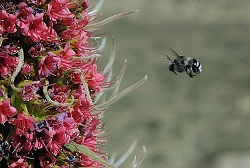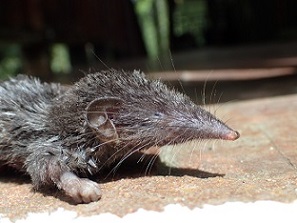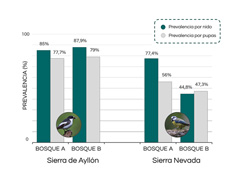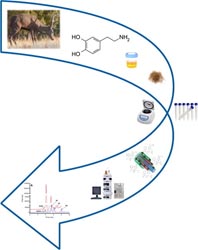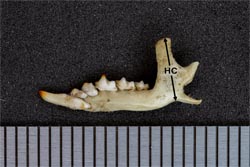
Welcome
Welcome to the official website of the Doñana Biological Station (EBD-CSIC)...

The Doñana Biological Station: EBD-CSIC
The Doñana Biological Station is a public Research Institute belonging to the Spanish Council for Scientific Research CSIC in the area of Natural Resources...

Mission
Our fundamental mission is to carry out multidisciplinary research of the highest standard directed to understanding the way in which biodiversity is generated, maintained and deteriorates, as well as the consequences of its loss...

Our methods
We apply many techniques within a multidisciplinary framework, from molecular genetics to remote sensing, and from modelling to physiological and isotopic analyses...

Monitoring the environment
Monitoring biodiversity at the Doñana Natural Space cover a wide range of communities, including both terrestrial and aquatic organisms...

Aims
Our aims include the study of the ecological and evolutionary processes by combining field work, mathematical and statistical models and physiological and genetic analysis...
 Outstanding
Outstanding
-
 Indirect interaccions between species also shape their adaptation to natural environment
Indirect interaccions between species also shape their adaptation to natural environment -
 the shrew genus Crocidura in Sundaland
the shrew genus Crocidura in Sundaland -
 Parasitoidism of host flies by parasitoid wasps in Spain
Parasitoidism of host flies by parasitoid wasps in Spain -
 LC-MS determination of catecholamines and related metabolites in red deer urine and hair
LC-MS determination of catecholamines and related metabolites in red deer urine and hair -
 Size increase without genetic divergence in the Eurasian water shrew Neomys fodiens
Size increase without genetic divergence in the Eurasian water shrew Neomys fodiens
 News
News
Content with tag evolutionary ecology .
 Indirect interaccions between species also shape their adaptation to natural environment
Indirect interaccions between species also shape their adaptation to natural environment
The loss of species and their interactions, both directs and indirects, have ecological and evolutionary consequences.

